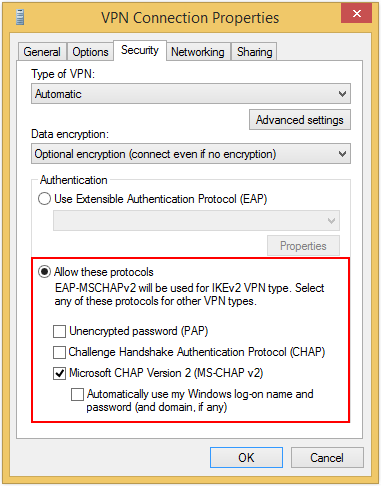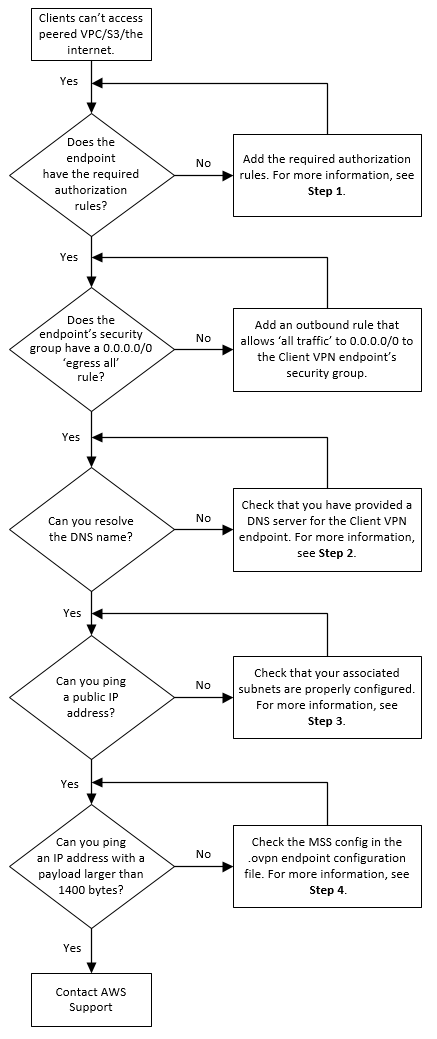Featured
Table of Contents
15 Tips For Troubleshooting Vpn Connections

The Routing and Remote Access snap-in lives within the Microsoft Management Console, called the MMC. There are numerous ways to access the MMC. You can select the console from the Start menu's Programs options, within the Administrative Tools folder within Windows server's Control Panel or by typing mmc at a command timely.
As Tech, Republic's Brandon Vigliarolo shows within his video at the start of this short article, the Providers console displays the status of the Routing and Remote Gain access to entry. From within the Providers console and with the Routing and Remote Access entry highlighted, you can click Start the Service or right-click the entry and select Restart.
In some cases the VPN customer and VPN server are set to using various authentication methods. Confirm whether an authentication error is the issue by opening the server console. Another technique of accessing the MMC is to type Control+R to open a command timely in which you can type mmc and hit Enter or click OK.
If the entry isn't present, click File, choose Add/Remove Snap-in, select the Routing and Remote Access option from the options and click Add, then OK. With the Routing and Remote Access snap-in included, right-click on the VPN server and click Characteristics. Evaluate the Security tab to validate the authentication technique.
Common Vpn Connectivity Issues
Make sure the VPN client is set to the authentication approach defined within the Security tab. Generally the products just evaluated are accountable for most VPN connection refusal errors.
IP addresses are another basic component for which administration should be properly set. Each Web-based VPN connection typically utilizes two various IP addresses for the VPN client computer system. The very first IP address is the one that was designated by the client's ISP. This is the IP address that's utilized to develop the preliminary TCP/IP connection to the VPN server online.

This IP address normally has the very same subnet as the local network and thus allows the customer to interact with the regional network. When you set up the VPN server, you should set up a DHCP server to designate addresses to customers, or you can produce a bank of IP addresses to assign to customers directly from the VPN server.

If this option is chosen and the effective remote access policy is set to enable remote gain access to, the user will have the ability to connect to the VPN. I have been not able to re-create the circumstance personally, I have actually heard rumors that a bug exists in older Windows servers that can cause the connection to be accepted even if the reliable remote gain access to policy is set to reject a user's connection.
Troubleshoot Knox Issues - Samsung Knox Workspace

Another common VPN problem is that a connection is successfully developed however the remote user is unable to access the network beyond the VPN server. Without a doubt, the most typical reason for this issue is that permission hasn't been approved for the user to access the whole network. To allow a user to access the whole network, go to the Routing and Remote Gain access to console and right-click on the VPN server that's having the problem.
At the top of the IP tab is an Enable IP Routing check box. If this check box is made it possible for, VPN users will have the ability to access the remainder of the network, assuming network firewalls and security-as-a-service settings allow. If the checkbox is not selected, these users will be able to access just the VPN server, but nothing beyond.
For example, if a user is calling directly into the VPN server, it's generally best to configure a static route in between the client and the server. You can set up a fixed path by going to the Dial In tab of the user's residential or commercial properties sheet in Active Directory Users and Computers and picking the Apply A Fixed Route check box.
Click the Add Path button and then enter the location IP address and network mask in the area provided. The metric need to be left at 1. If you're using a DHCP server to appoint IP addresses to clients, there are a number of other issues that could cause users not to be able to surpass the VPN server.
How To Troubleshoot Common Vpn Issues
If the DHCP server designates the user an IP address that is already in usage in other places on the network, Windows will identify the conflict and avoid the user from accessing the rest of the network. Another common problem is the user not getting an address at all. The majority of the time, if the DHCP server can't designate the user an IP address, the connection won't make it this far.
If the customer is appointed an address in a range that's not present within the system's routing tables, the user will be not able to navigate the network beyond the VPN server. Make sure the resources the user is trying to gain access to are actually on the network to which the user is connecting.
A VPN connection to the other subnet might, in truth, be required. A firewall or security as a service option might likewise be to blame, so don't forget to examine those options' settings, if such components are present between the VPN server and the resources the user seeks to reach.
The first possibility is that one or more of the routers included is performing IP package filtering. IP package filtering could prevent IP tunnel traffic. I recommend inspecting the client, the server and any makers in between for IP package filters. You can do this by clicking the Advanced button on each maker's TCP/IP Residences sheet, selecting the Options tab from the Advanced TCP/IP Settings Properties sheet, picking TCP/IP Filtering and clicking the Characteristics button.
Latest Posts
The 6 Best Vpn Stocks To Buy Right Now For August 2023
The Top 10 Enterprise Vpn Solutions
Best Vpn Service 2023: Vpns Tested By Our Experts